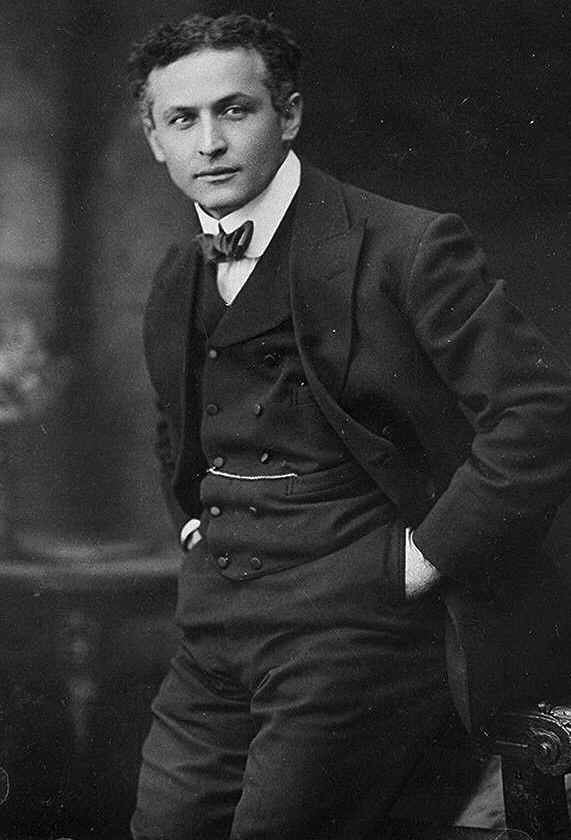Has this happened to any of you? You're rounding with your attending. Perhaps bored, perhaps hungry, half paying-attention. You listen in a little more closely when it's your patient, but find it harder to keep track of what is going on when the patient is someone else's. The attending comes across a patient with a new diagnosis. The resident or fellow medical student talks a little bit about the case. The attending digests the information, and then turns and spits it out at the patient before hurriedly moving on to the next patient. You turn to leave, but before doing so, thank the patient, who weakly smiles and nods back, and you suddenly realize:
he doesn't even speak English!
Okay, perhaps that's a bit extreme as an example, but it is striking to me sometimes how poor the communication between doctor and patient is. The story above is one extreme; the other extreme, which is perhaps the ideal, is a physician who patiently sits at the bedside, explains the situation in terms the patient can understand, and then calmly answers all their questions.
In my view, there are two problems with this 'ideal' communicator. First, given the nature of how hospitals work and how the healthcare system is in general, there is little incentive to provide patients with this full explanation (save one's own principles). Primary care physicians have a limited amount of time to see each patient and cannot feasibly explain and answer all of their questions.
Furthermore, this view does not take into account patient psychology. Many patients, especially since they are ill, tend to enter a submissive mode. They listen as best they can, but their minds are probably more focused on the days they're missing from work, or who's going to take care of the kids, or how they will pay all these bills. They are not in the right frame of mind to absorb all this new information, proccess it, and then ask intelligent questions. Or, they simply do not have the requisite medical knowledge to even start to understand.
What to do? I am sure there is no perfect solution here, but I think this ideal of having a physican behave as a neutral source of information who answers questions is incomplete. I think a more practical solution is a doctor who gives a brief 2 minute explanation of a new diagnosis and the key points that the patient has to be aware of now. Then, instead of making themselves available to answer questions, the physician should ask the patient to explain their illness back to the physician, and then answer the physician's questions. Of course, after this, the physician should fill in any gaps and offer to answer questions as well. Sometimes though, I think it would be better simply to explain the situation in the first visit as I just described, and then offer to answer questions the next time you see the patient after they have had some time to digest the diagnosis.
Imagine a patient who came in with DKA and now has a new diagnosis of Type I Diabetes. Simply telling them this and sending them on their way is not sufficient. Hopefully the facility has a good diabetes educator, but if they don't, it behooves the doctor to make sure that the patient understands the diagnosis, and perhaps more importantly, how to care for themselves. Whether or not the patient understands pancreatic function is less important than whether the patient knows how to dose and administer their insulin, or what symptoms should prompt them to seek medical attention. I feel like for common diagnoses, physicians should have some standardized guide as to what education should be provided to the patient prior to discharge.
Perhaps some patient may find such behavior too paternalistic. But, as physicians, we should avoid making assumptions about our patients as much as possible. To me, this means that instead of treating each patient as the average patient with the average level of understanding, we must treat each patient as the one with the lowest level of understanding. While this does reinforce the stereotype of the paternalistic physician, I believe I'd rather err on the side of paternalism in order communicate more effectively, rather than act as some sort of neutral physician ideal, and let my patient smile and nod their way to poorer health.
Your thoughts? Comment below!


